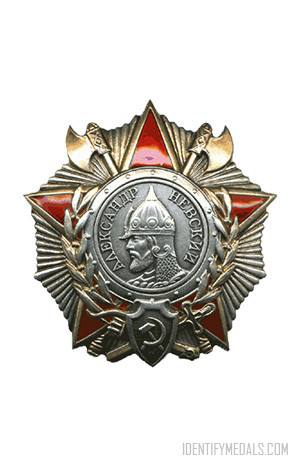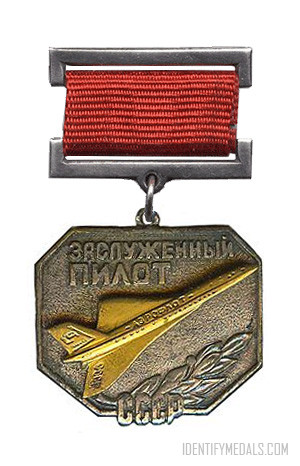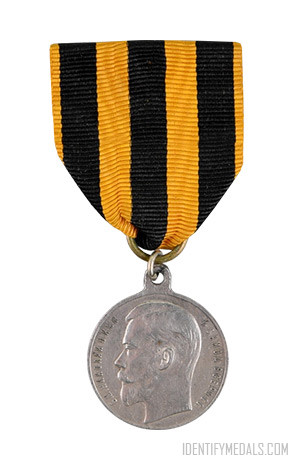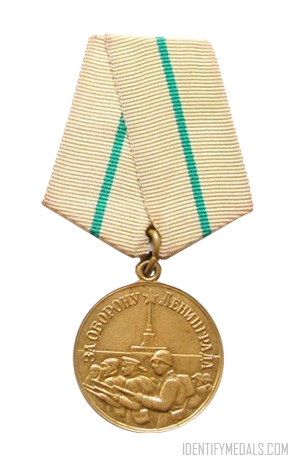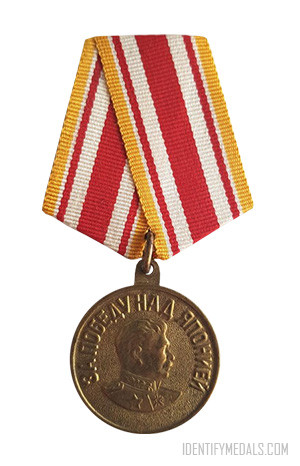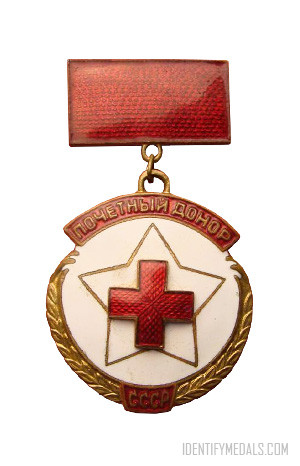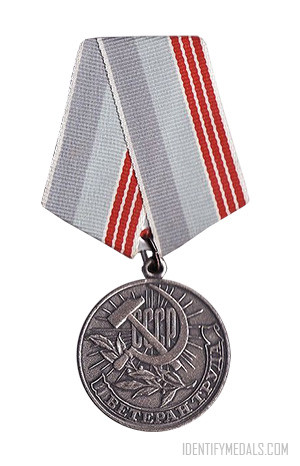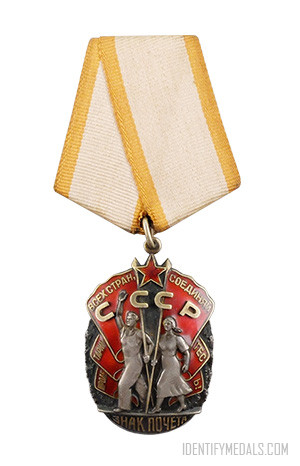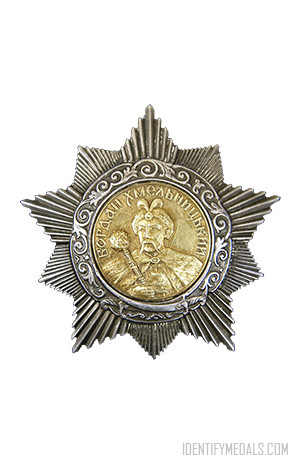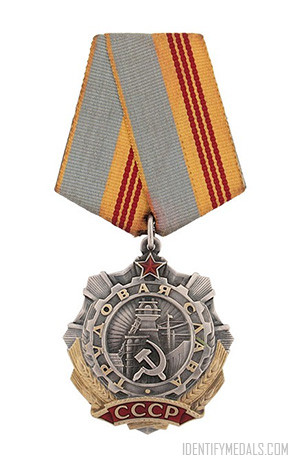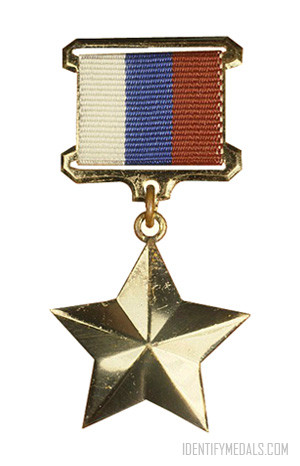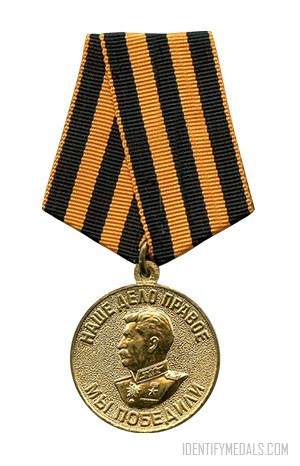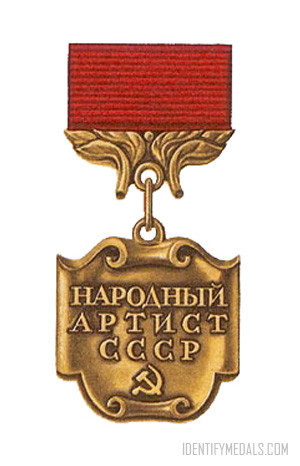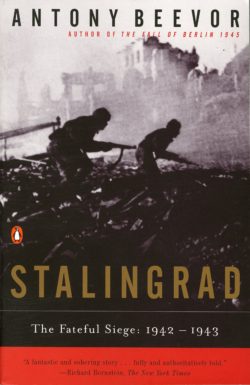- Time Period: Second World War
- Year of Institution: 29 July 1942
- Country: Russia & USSR
The Order of Alexander Nevsky (or орден Александра Невского in Russian) is an order of merit of the Russian Federation bestowed to civil servants for twenty years or more of highly meritorious service and named in honor of saint Alexander Nevsky (1220–1263). It was awarded to Red Army commanders who displayed personal bravery in fighting for their country in World War II, for courage, bravery and skillful leadership that ensured success.
It was originally established by the Soviet Union as a military honor during World War II on July 7, 1942. Its statute was amended by Decree of the Presidium of the Supreme Soviet of the USSR of February 26, 1947.
The Order of Alexander Nevsky was reinstated by the Soviet Union for award to officers of the army for personal courage and resolute leadership. The Order was retained by the new Russian Federation following the dissolution of the USSR but was never awarded. The September 7, 2010 Decree №1099 amended the statute of the Order making it a purely civilian award.
The Order of Alexander Nevsky Design
The Order of Alexander Nevsky (in its Soviet and early Russian Federation version) is made of silver, measures 50 mm wide and is a high ruby-red enameled, five-pointed convex star superimposed on a decagon composed of polished diverging rays. The star had gold-plated rims and edges.
In the center of the star, a central medallion bearing the left profile relief image of a helmeted Alexander Nevsky and the inscription along the left and right circumference in prominent letters “ALEXANDER NEVSKY” («АЛЕКСАНДР НЕВСКИЙ»). The central medallion is surrounded by a gilt laurel wreath bisected at its base by a silver shield bearing the hammer and sickle, the shield is superimposed over gilded sword, spear, bow and quiver of arrows. Two gilt pollaxes cross behind the central medallion, their outward facing blades protruding on either side of the five pointed star’s top arm and extending slightly past the decagon’s outer edge, their base visible just inside of the star’s two lower arms.
The original Order was suspended by a ring through a suspension loop, which was changed in 1943 to a threaded stud and nut attachment on the reverse. The design of the early Russian Federation variant of the Order differed from the Soviet variant only in the abrogation of the hammer and sickle from the silver shield on the obverse.

